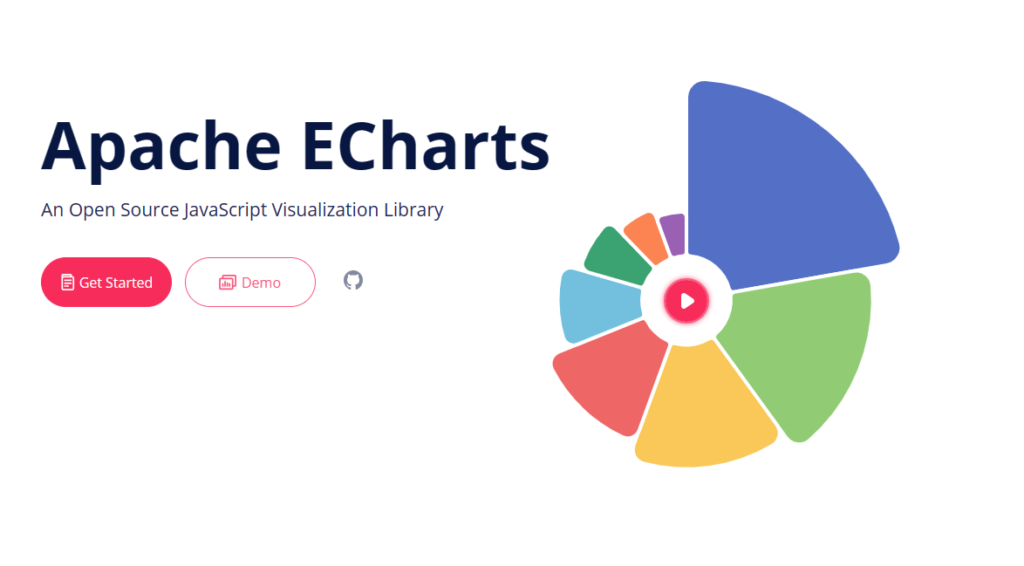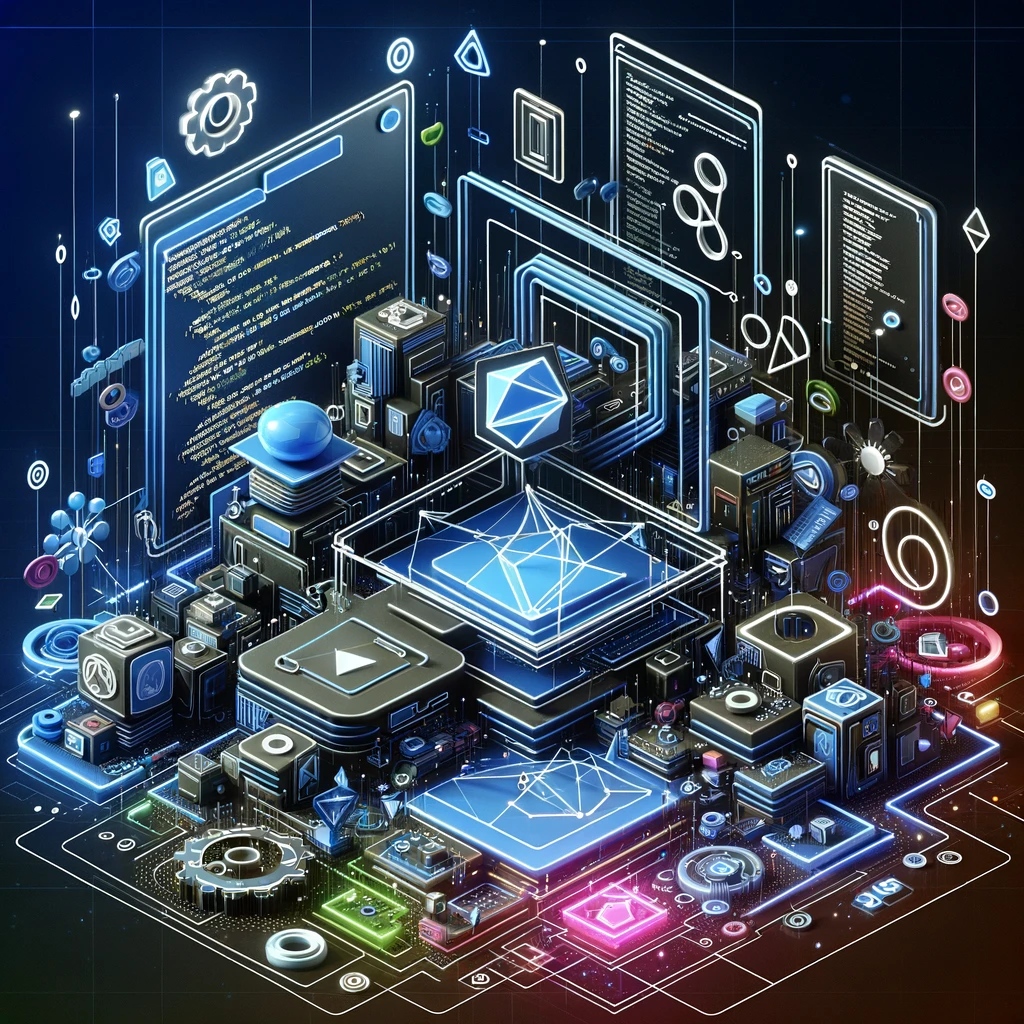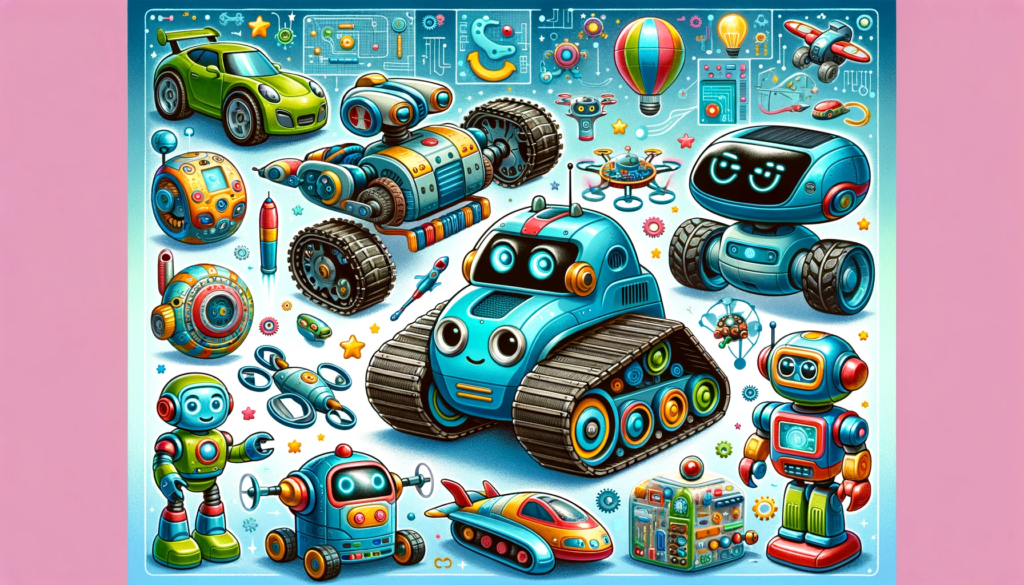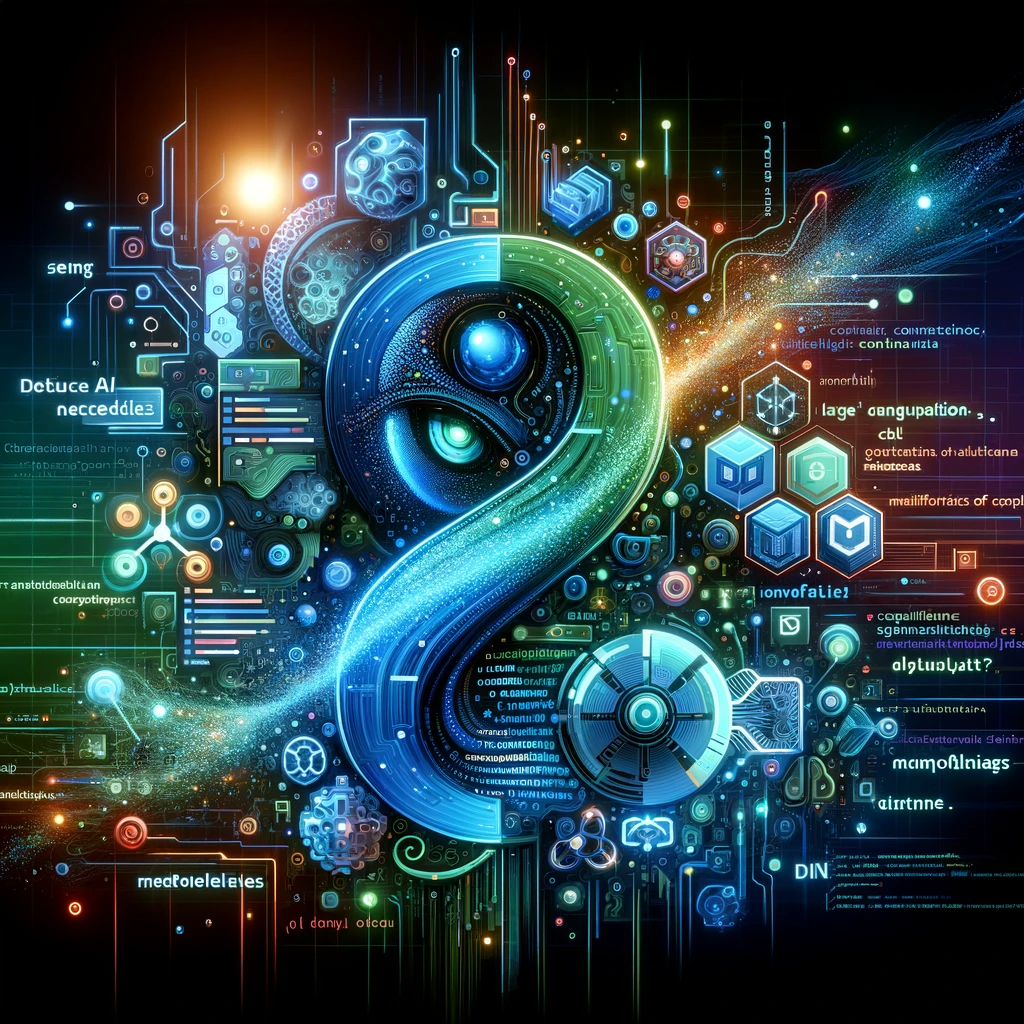Designing a Desktop Fountain (Aided by GPT4)
Designing an elegant, modern, and Zen-like fountain that is suitable for both 3D printing and woodworking involves creating a minimalist yet functional piece. Here’s a suggestion for such a design: Concept: Cascading Zen Fountain Design Elements: Fabrication Tips: This design combines the tranquility of a Zen garden with modern minimalism, making it a versatile piece…
Read more








